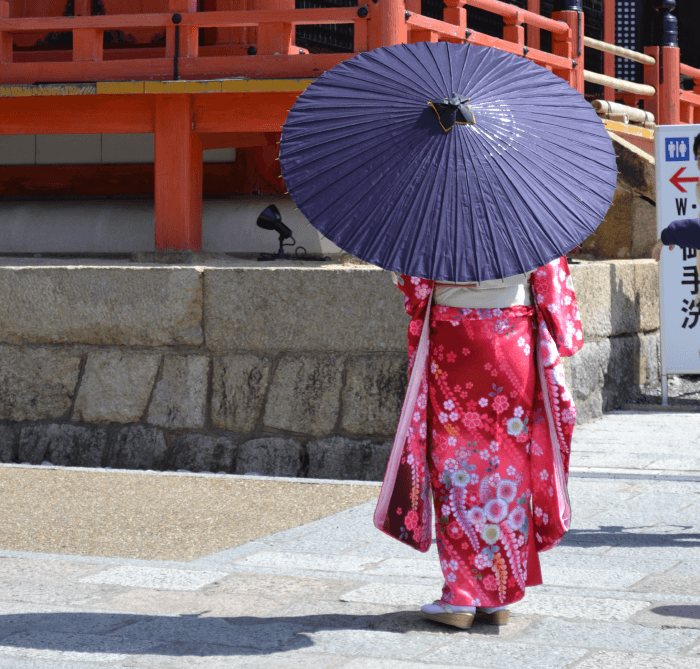
From Kimono, through #KimOhNo, to Skims: A branding nightmare for Kim Kardashian
#KimOhNo became a symbol of the backlash to Kim Kardashian’s attempt to register a trademark for her new line of shape wear, Kimono.
The general rules applicable for the registration of a trademark do not vary between countries.
The primary criteria a trademark application has to meet to be registered are distinctiveness (uniqueness) and difference in relation to previously filed/registered trademarks. These criteria are consistent across all jurisdictions.
What's also universally shared is the division of the process into two stages: the examination period and the opposition period. During the examination period, the IPO evaluates the above-mentioned criteria and other formal requirements. Once the application is approved, it will be published for opposition, where the owners of other already registered trademarks can oppose your application. However, the length of these stages tends to vary between countries.
The thoroughness of assessment by an intellectual property office can also differ and is generally related to the number of trademark applications that are filed in the country of registration. For example, since more trademarks are filed in the US and China than in the rest of the world, the examination by their respective IPOs is more thorough than in Spain or Norway, for instance.
Countries also divide into 'first-to-use' and 'first-to-file' depending on how they grant priority rights. First-to-use countries give rights to the first entity to use the mark in commerce, first-to-use to the entity filing the application the soonest.
The US deserves a special mention here since it features a few process differences, including dividing marks into already used in commerce/intended to be used in commerce and requiring the submission of a specimen of use.
Do I need to sell my goods/services throughout the entire country to register a trademark?
What is the price for 2 or more trademark classes in the US?
If the domain for a particular word is already taken, can I still register it as a trademark?
Do I need to prove the usage of my trademark during the validity period?
Should you file your trademark yourself to save money on attorney fees?
Is it worth paying someone else to file my trademark for me?
I already bought the website names for the brand, should I also register a trademark?

Our team of experienced trademark attorneys is here to help you! Simply send us an email outlining your request and we'll be happy to assist you.